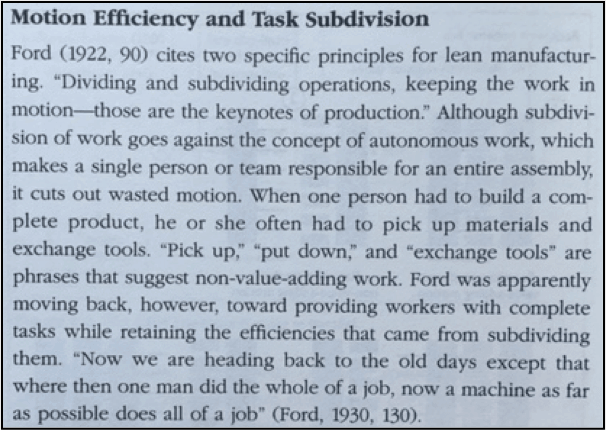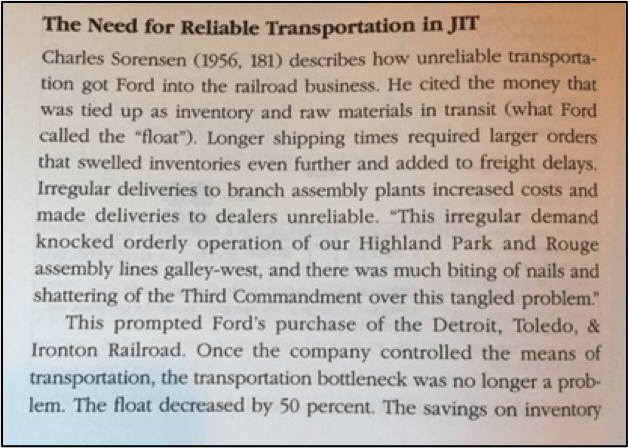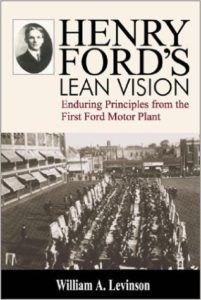I'm a car guy. Above all other mechanical devices that we engineers get to be involved with, I am fascinated most with these incredible machines. When you consider how automobile soperate nearly flawlessly even when enduring a spectrum of environmental extremes, it's amazing to me how far the technology has come in under 100 years. As a boy, I can remember my friend's parents' cars breaking down semi-often (cars of the '70s weren't exactly renowned for reliability). Today, though, I can't remember the last time I heard of a car breaking down or not starting that wasn't due to an outside influence (i.e. getting flat or running out of gas).
So that's the technology side, but there's another side to cars that is more important; that goes right to our soul. I dare speculate that there is barely anything more ingrained in our American culture than the automobile. We write songs about them. We close down entire town centers in the summertime to admire them. There are TV shows and even an entire TV network dedicated to them. We treat them as no less than a member of the family. Memories are created in and because of them.
Recently, we sold our old minivan. It was a fine car, giving us over 130,000 problem-free miles, but it wasn't anything outwardly special. Although it was exactly like millions of others on the road, as I watched it drive away, I still felt a pang of regret knowing that I would never see it again. I thought about bringing our girls home from the hospital, packing it up for vacations, and using it a mobile base of operations for countless dance recitals, picnics and get togethers with friends.
I suppose that's part of the deal, though. Cars play an integral role in our lives. I can't imagine what life would be like, was like, without them. And so I'm challenged with the question: How'd we get here? By what, or who, did our forefathers simply not pine after getting faster horses?
As I ponder this, I keep coming to the same conclusion: Henry Ford.
Henry was the one person that had the vision and perseverance to turn the automobile from a purely luxury item for the uber-rich into something for the everyman. For car guys (and manufacturing engineers), Henry is our John Lennon. He created an entire market for a product that had previously been inaccessible, and thus set the stage for the place the automobile has played in American history. For this reason, when Mark asked me if I'd review Henry Ford's Lean Vision by William Levinson, I jumped at the chance.
The book is well done, overall. It includes many excerpts from Ford's own works, My Life and Work, Today and Tomorrow and Moving Forward, as well as Harry Bennett's book Ford: We Never Called Him Henry. All of this input, along with first-person research, help Levinson paint a picture of what Henry was like, what it was like to work for him, and how his vision helped shape an nation.
The book does take a few unexpected turns, heading down paths that discuss modern day hospitals, government spending and the stock market without firm tie-backs to Ford's ideals. Although somewhat related, these inclusions were a little “clunky” and didn't fit the intent of the title. I'm not sure where Levinson was headed with those…
Those few tangents aside, this book includes lots of great information and color commentary that illustrate how the Ford Motor Company came to be, and what kind of Lean efforts were driven by Henry Ford. Although the term “Lean” hadn't yet been coined (and Womack and Jones were decades from being born!), Henry Ford truly established Lean in the US. If one theme is apparent from reading this book, it was that Ford was driven to remove waste from everything. Seldom in his office, Henry roamed the shop floors of his plant (at the “Gemba“) to keep his fingers on the pulse of production. During these trips, he would often go about helping his workers analyze their work content in an effort to make it easier and to remove wasted motion:

Examples such as this one abound in the book. Another that appealed to my sense of waste reduction was the repurposing of furnace slag. Instead of paying someone to haul it off and dispose of it, Ford instead used it as cement and pavement material. Henry also didn't simply accept status quo from suppliers. His edict of “The ideal is to have nothing to salvage” lead his team to force suppliers to make steel bars 140 9/32″ long versus the standard 143″, which reduced the amount that was unusable, which then had to be handled, transported, remelted, reformed and resold.
Henry also despised drilling. When you drill a hole, the removed amount turns to chips – unusable waste. Instead, he challenged his team to “plug” holes – which is to only remove the circumference of the hole, and leaving a circle of material that they could then repurpose. Early radiator caps were made from such reclaimed plugs.
Although he loved to spend time on the floor, as CEO, Henry had to apply Lean principles to every aspect of his business. One of my favorite examples from the book shows that Henry knew the value of time and inventory within delivery streams. He got so fed up with failed transport issues from the railroad, he would up buying it!

Ford believed that products should be sold for a reasonable price, not one that the maket would bear. He also paid his workers much more than the going rates at the time, under the belief that those workers would in turn spend that money on his product. His intuition was right. Ford didn't spend his time analyzing the market and trying to guess at what price his product could garner. Instead, he set a price and worked diligently to reduce the cost associated with its production. On many occasion, he actually reduced the price of his vehicles based upon his team's Lean efforts.
Although this book doesn't include any “new” Lean ideas or paradigms that force deep reflection, it does provide proof that Henry Ford embodied the Lean sentiment: involving workers in the betterment of their profession, and relentlessly pursuing waste removal to keep the business healthy. Plus, as a car guy, it speaks to how Ford was able to ingrain the automobile into our culture, and for that reason alone this book is worth the read.
What do you think? Please scroll down (or click) to post a comment. Or please share the post with your thoughts on LinkedIn – and follow me or connect with me there.
Did you like this post? Make sure you don't miss a post or podcast — Subscribe to get notified about posts via email daily or weekly.
Check out my latest book, The Mistakes That Make Us: Cultivating a Culture of Learning and Innovation:










I appreciate the personal commentary. I never imagined Mark Graban as a van guy but admit I have been there too.
As a car guy and a history buff I look forward to the chance to read the book.
Paul, the author of this post, had the van, not me :-)